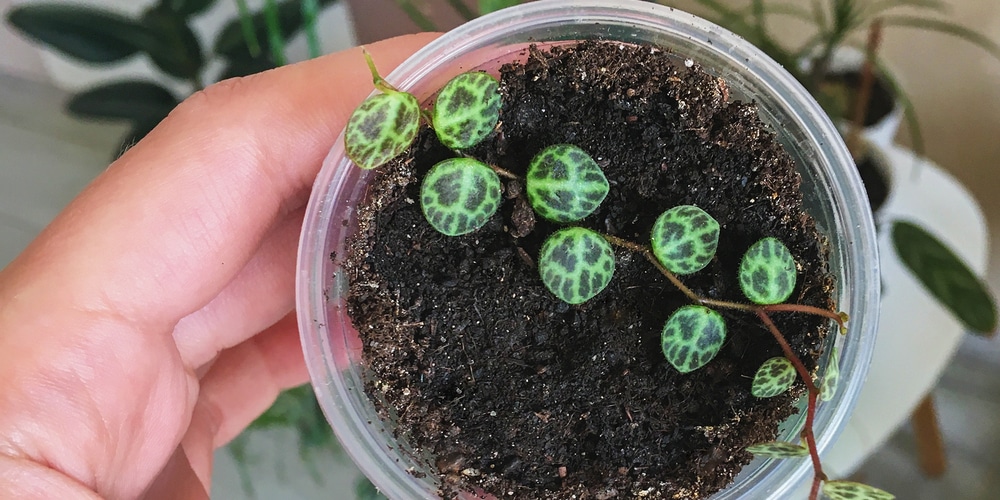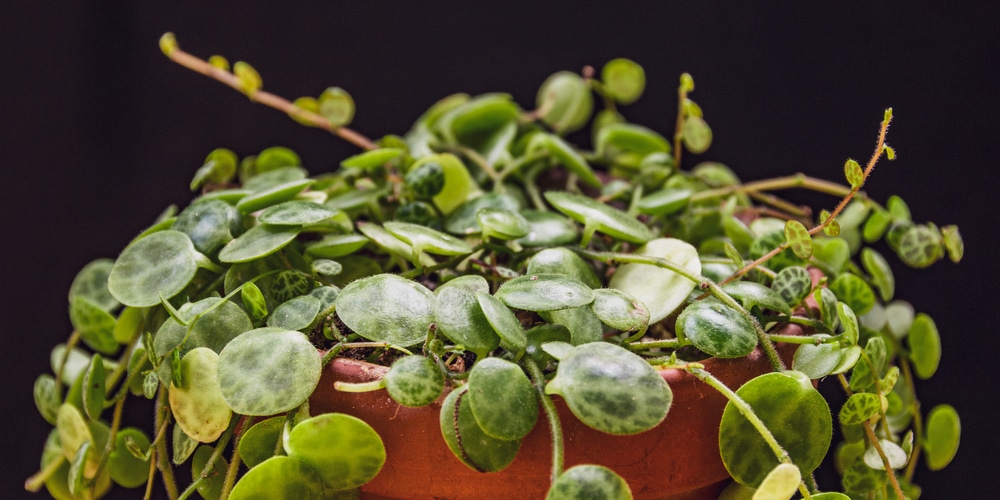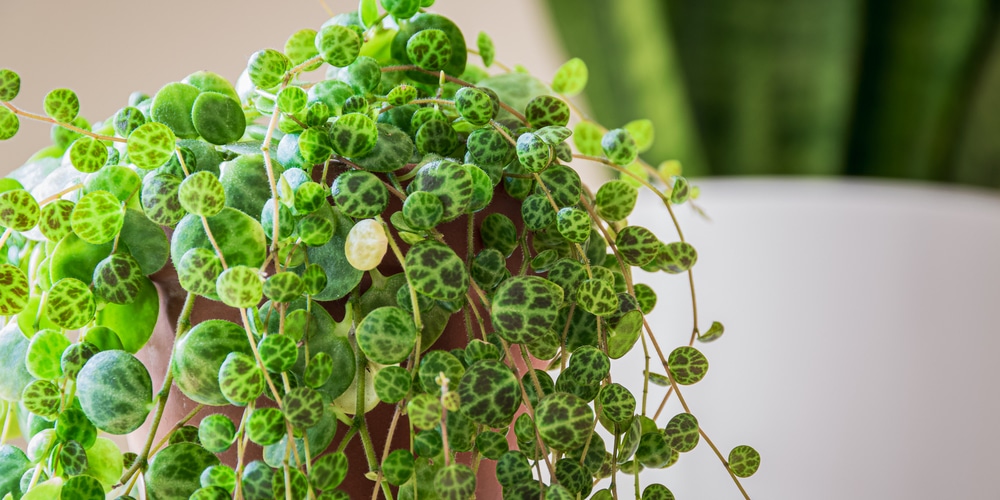Is string of turtles succulents? This is a question that a lot of gardeners are asking these days.
With the popularity of succulents, more and more people are looking to add these plants to their gardens. String of turtles (Peperomia prostrata) are becoming a popular choice for gardeners, but some people aren’t sure if they are succulents.
In this blog post, we will answer the question “is string of turtles succulents?” and provide some information about these plants.
Is String Of Turtles A Succulent
The string of turtles plant is semi-succulent. The peperomia prostrata has thicker leaves than other houseplants, as do some other peperomia plants. This is what makes it a “semi-succulent.” Its oval leaves have distinctive patterns that resemble turtle shells, hence the name.
The string of turtles is also called a “Jade Necklace” in some areas. The shell-like designs are white, deep purple, brown, and even a little metallic sheen, while the primary leaf color is green. String of turtles plants are native to Brazil, but they’re resilient plants that thrive in various circumstances.
Is It Hard To Take Care Of?
No, the string of turtles plant is not difficult to take care of. These plants are known for being low-maintenance and easy to care for.
Size And Growth
The string of turtles plant is a slow-growing plant. When mature, it can reach up to 12 inches in length. However, these plants are more common to stay around six inches in size.
Foliage And Flowers
As we mentioned before, the string of turtles plant has oval-shaped leaves with shell-like patterns. These leaves are about an inch long and grow on thin stems.
The flowers of the string of turtles plant are small and insignificant. They’re white or greenish-white, and they grow in clusters.
Care And Maintenance
Sunlight
These plants thrive in bright indirect sunlight and require very little maintenance. However, it’s essential to ensure that the plant gets enough light. Too much sun will damage the leaves, while too little light will prevent new growth. Because of the plant’s vining nature, it’s vital to ensure that light reaches all plant areas. Otherwise, the plant will stop producing new growth.
Water
Because the String of Turtles is native to Brazil’s rainforest, it prefers slightly damp surroundings. They, however, seem to be more susceptible to overwatering than they are in dry circumstances. After watering the soil thoroughly until water runs out the bottom of the container and the soil is moist, don’t water it again for at least two weeks. If the leaves begin to wrinkle and fold in on themselves, that is a sign that it’s time to water your String of Turtle again.
Soil
Although they may be small, string of turtles plants is unique in their soil requirements. Unlike other succulents, which do well in premixed, store-bought soil, string of turtles prefer a more organic mix.
A seed starting mix rich in peat is ideal, as peat is acidic, and this plant thrives in slightly acidic soil. However, it is important to regularly test the soil to ensure the pH does not drop too low. Good drainage is also essential for this plant, so make sure the pot you choose has drainage holes, and the soil itself drains well.
Fertilizer
During the growing season, feed it a diluted houseplant fertilizer biweekly to keep its color and leaves from fading.
Fertilizers are applied in the correct proportions to allow the plant to grow healthily. Over-fertilizing, on the other hand, can cause burning. Furthermore, fertilization is not suggested during the fall or winter months since the plant goes dormant.
Is String Of Turtles A Succulent – Conclusion
So, is string of turtles a succulent? The answer is yes and no. Technically, these plants are semi-succulents because of their thicker leaves. However, they are often lumped in with true succulents because they are easy to care for and have similar growing requirements.


